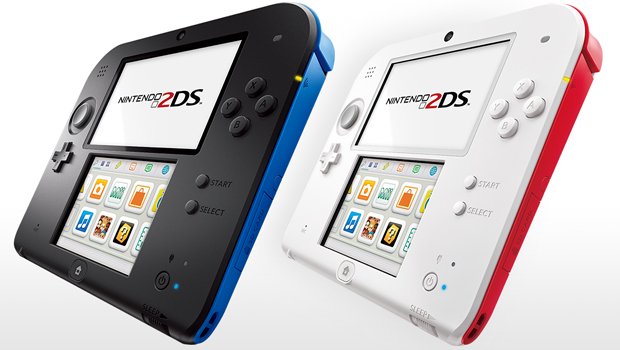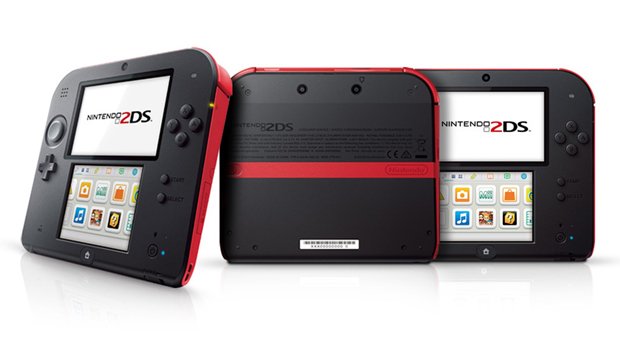Nintendo 2DS trades some portability for durability, and that's alright
When Nintendo first announced the third-dimensionless Nintendo 2DS, many of us balked. But after a month's time to digest the news, we've come to realize: lower-priced models of existing handhelds are the chic new thing. Sony followed suit with the PS Vita 2000, and with Pokémon X and Y on the horizon, Nintendo's handheld is about to get a lot more popular. Is the entry-point 2DS model aimed squarely at kids? Perhaps--but after getting our hands on a Nintendo 2DS ourselves, it seems like those kids will be getting a pretty sweet deal.

If you're hearing about the 2DS for the first time, think of it as a hingeless 3DS with all the 3D functionality of the top screen taken out. It has the same configuration you're used to: same joystick and D-pad, same four buttons on the face. But with no hinge to rest behind, the shoulder buttons have migrated, melding into the upper corners of the square-shaped handheld. Surprisingly, the grip feels similar to a 3DS, if not more comfortable. For the big-handed among us, the curvature of the 2DS shoulder buttons feels much more natural than the cramped ligament grip of the regular 3DS' shoulders. Granted, it may prove to be a bit of an awkward fit for a child's smaller grip.
Despite the Internet's first impressions, no one will be mistaking a 2DS for a hatchet blade or cheese wedge in person. It hardly feels thicker than an iPad, but not so thin that it feels cheap or flimsy. It's also much more convenient to simply dip your right thumb downwards to the 2DS' Start and Select buttons, instead of extended it to reach the 3DS' mushy, awkwardly centered ones.

The sense of touch can't be conveyed by any photo, so we were happily surprised by how light the 2DS feels, with far less heft than a 3DS. The trade-off is that because of its bulkier shape and lack of a folding hinge, the 2DS is a handheld that won't be fitting in any non-cargo-shorts pockets. Unless you're prepared to lug it around in your backpack or purse at all times, StreetPassing may be a bit of a problem. That also brings up another worry: with nothing protecting the screens when the 2DS isn't in use, you might have to be more careful with what you're storing it with.
So the question to ask yourself is: Can you live without 3D visuals? For many, the answer will be yes; people that play for extended periods with the 3D cranked all the way up seem to be in the minority. At $130--$40 cheaper than a 3DS--and the ability to play all the same 3DS and DS games, the 2DS seems like a sensible alternative for a younger audience. For gamers with disposable income, we'd still recommend the 3DS XL any day--but if you're wanting to get your kid or younger sibling into the wonderful world of Nintendo handhelds, the 2DS is the perfect fit. Just don't expect to slip it into your pocket between uses.
Sign up to the GamesRadar+ Newsletter
Weekly digests, tales from the communities you love, and more
Lucas Sullivan is the former US Managing Editor of GamesRadar+. Lucas spent seven years working for GR, starting as an Associate Editor in 2012 before climbing the ranks. He left us in 2019 to pursue a career path on the other side of the fence, joining 2K Games as a Global Content Manager. Lucas doesn't get to write about games like Borderlands and Mafia anymore, but he does get to help make and market them.



